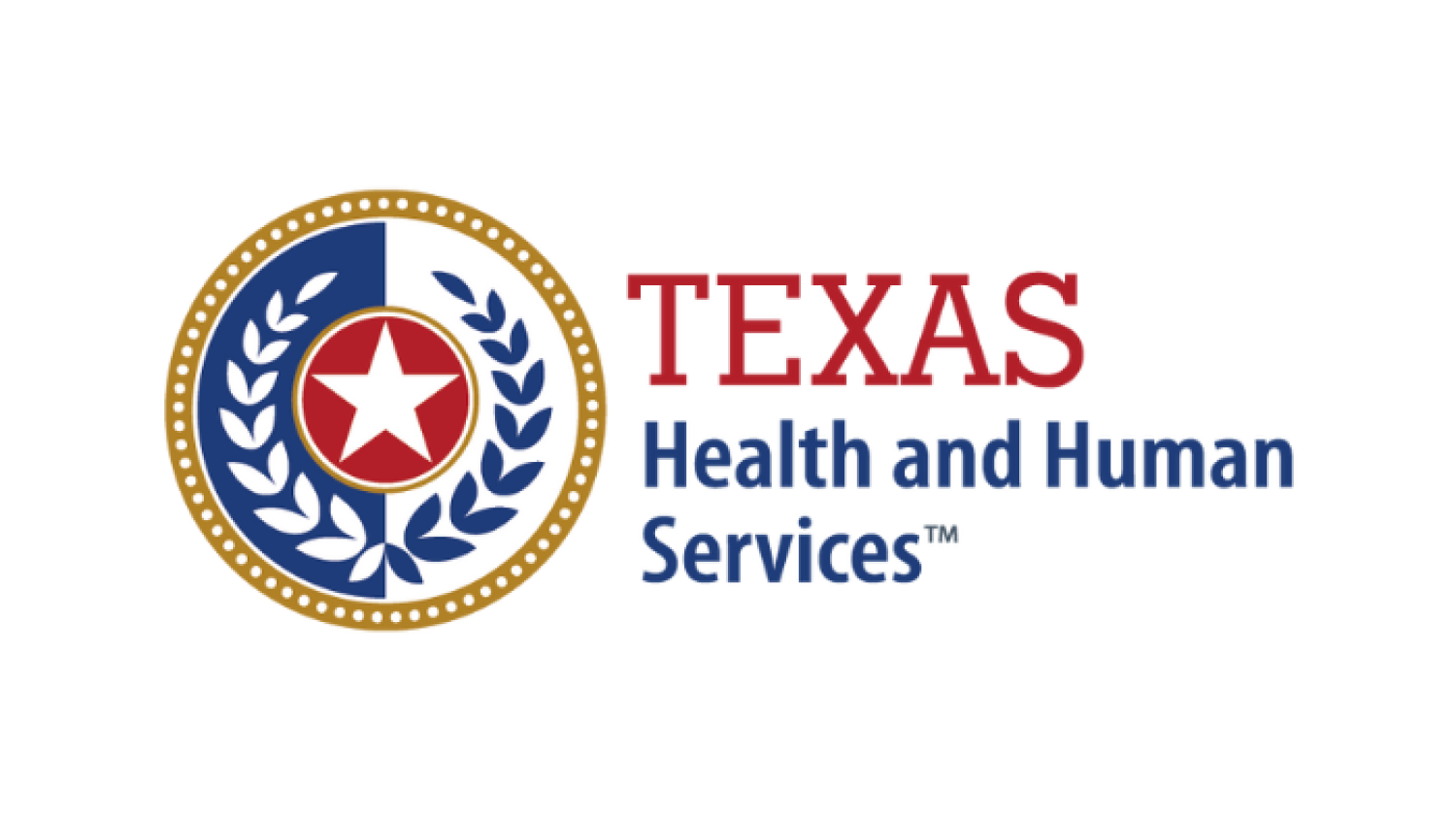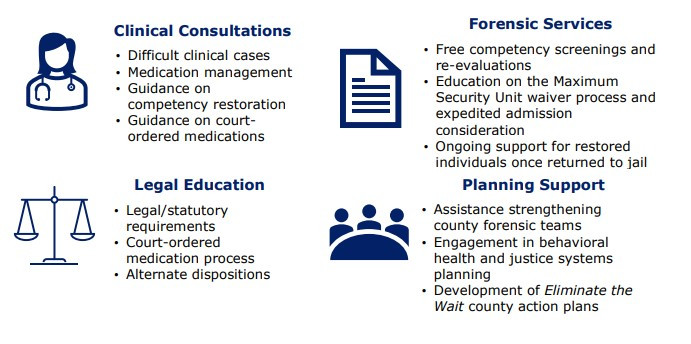
Texas Health and Human Services Commission Launches Cohort Two of the Jail-In Reach Learning Collaborative
Texas Health and Human Services Commission Launches Cohort Two of the Jail-In Reach Learning Collaborative to Support Individuals Found Incompetent to Stand Trial
In September 2022, HHSC formally launched cohort two of the Jail In-Reach Learning Collaborative (JIRLC). The JIRLC supports county forensic teams representing local mental health and behavioral health authorities, county sheriffs’ offices, jail administration, jail medical/psychiatric providers, prosecution, defense counsel, and the judiciary in identifying strategies to actively monitor people in county jails who have been found incompetent to stand trial and are awaiting admission into a State Hospital.
JIRLC participants work directly with HHSC’s Chief of Forensic Medicine, the State Forensic Director and their teams to receive nine months of ongoing technical assistance, including clinical consultations, forensic services, legal education and planning support as well as opportunities to connect with and learn from peers across the state who seek to tackle similar issues in their counties.
Building on successes from Cohort One, the JIRLC will continue to focus on sharing waitlist monitoring best practices. Of Cohort One’s 15 participating counties 10 counties reported strengthening relationships between county forensic team members and relationships with HHSC, eight counties increased data and information sharing across county forensic team stakeholders, seven established regular waitlist monitoring meetings, and six explored the establishment of new Outpatient Competency Restoration or Jail Based Competency Restoration programs.
“Our county greatly benefitted from participating in the JIRLC. It helped local stakeholders – Jail, LMHA, Community Supervision, and Courts – communicate more efficiently and effectively. As a Judge, not only did I learn more about the law, but I became more confident in the decisions I was making for this population. From the knowledge obtained through the collaborative, we have enhanced our Court procedures and have developed a road map to make even more improvements that will save local taxpayer dollars and provide better outcomes for defendants,”
-Judge Phillips, The 59th Judicial District Court, Grayson County
“The JIRLC allowed us as a rural community to walk through the competency restoration and jail in-reach process with community partners representing the local mental health authority, jail and courts. The technical assistance calls gave us the knowledge and processes needed to provide additional help to those in jails who have been found IST. We will apply what we have learned with Jackson County to our five other rural county jails to improve outcomes for those found IST,”
-Jeff Tunnell, Chief Executive Officer, Gulf Bend Centers
For resources and more information on the jail in-reach learning collaborative visiting the Texas Behavioral Health and Justice Technical Assistance Center Learn and Engage page.
